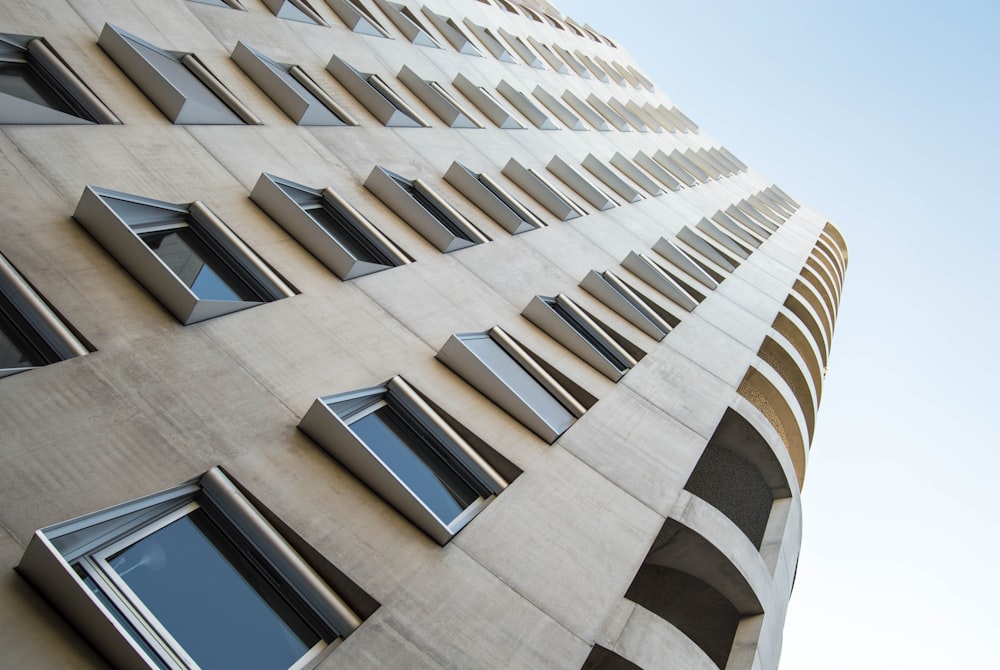Lucien Kroll Architectural Maverick of Human-Centric Designs

In the world of architecture, there are visionaries who transcend the ordinary, creating spaces that speak to the soul. Lucien Kroll stands tall among these mavericks, known for his human-centric designs that prioritize the needs and experiences of the people who inhabit his buildings. Let’s delve into the world of this architectural rebel, whose work continues to inspire and challenge conventions.
A Maverick in Architecture
Lucien Kroll’s approach to architecture defied traditional norms, pushing boundaries and challenging the status quo. He believed that architecture should serve the people, not the other way around. This philosophy led him to create designs that embraced the human experience in all its forms.
Putting People First
At the core of Kroll’s work is a deep commitment to humanism. He believed that architecture should be responsive to the needs and desires of its inhabitants, reflecting their lifestyles, cultures, and values. This human-centric approach manifested in buildings that were not just structures but living, breathing spaces that fostered connection and community.
The Power of Participation
One of Kroll’s most notable contributions to architecture is his emphasis on participatory design. He believed that the people who would ultimately use a building should have a say in its creation. This led to collaborative processes where residents, users, and even local communities were actively involved in the design and planning of their spaces.
Architecture as a Dialogue
For Kroll, architecture was more than just a profession—it was a dialogue between the architect, the inhabitants, and the environment. His designs often incorporated elements of nature, blurring the boundaries between indoor and outdoor spaces. This harmony with nature not only enhanced the aesthetic appeal of his buildings but also promoted well-being and sustainability.
Embracing Diversity
In Kroll’s world, diversity was celebrated and reflected in his designs. He believed that architecture should embrace different cultures, lifestyles, and perspectives. This is evident in the eclectic mix of styles and influences seen in his work, from modernist minimalism to organic forms inspired by nature.
The Iconic La Mémé
One of Kroll’s most famous projects is the La Mémé housing complex in Belgium. Here, he applied his principles of participatory design, working closely with the future residents to create a truly unique living space. The result is a vibrant community of colorful, staggered buildings that seem to grow organically from the landscape.
Breaking the Mold
Kroll’s work often challenged conventional notions of what a building should look like. He was not afraid to experiment with unconventional materials, forms, and layouts, creating structures that defied categorization. This fearless approach to design earned him a reputation as a true architectural rebel.
Legacy of Innovation
Today, Lucien Kroll’s legacy lives on in the many buildings he designed and the countless architects he inspired. His belief in the power of architecture to shape lives and communities continues to resonate, reminding us that buildings are more than just bricks and mortar—they are the vessels of our stories and experiences.
Inspiring a New Generation
As we look to the future of architecture, we can draw inspiration from Kroll’s pioneering spirit. His emphasis on human-centric design, participatory processes, and embracing diversity offers valuable lessons for architects and designers today. In a world that is constantly evolving, Kroll’s work serves as a reminder to always put people at the heart of our creations.
A Legacy of Human-Centric Design
In the end, Lucien Kroll’s legacy can be summed up in his dedication to creating spaces that enhance the human experience. His buildings are not just monuments of concrete and steel, but living testaments to the power of architecture to uplift, inspire, and connect. As we continue to navigate the complexities of the modern world, we can look to Kroll’s work as a beacon of human-centric design, guiding us toward a more inclusive, sustainable, and meaningful built environment. Read more about lucien kroll





![Unlocking Real Estate Success [Company Name] Unlocking Real Estate Success [Company Name]](https://images.unsplash.com/photo-1583142499515-db3e66a57bdc?fm=jpg&q=60&w=3000&ixlib=rb-4.1.0&ixid=M3wxMjA3fDB8MHxzZWFyY2h8N3x8cmVhbCUyMGVzdGF0ZSUyMGludmVzdG1lbnQlMjBjb21wYW55fGVufDB8MHwwfHx8Mg%3D%3D)


